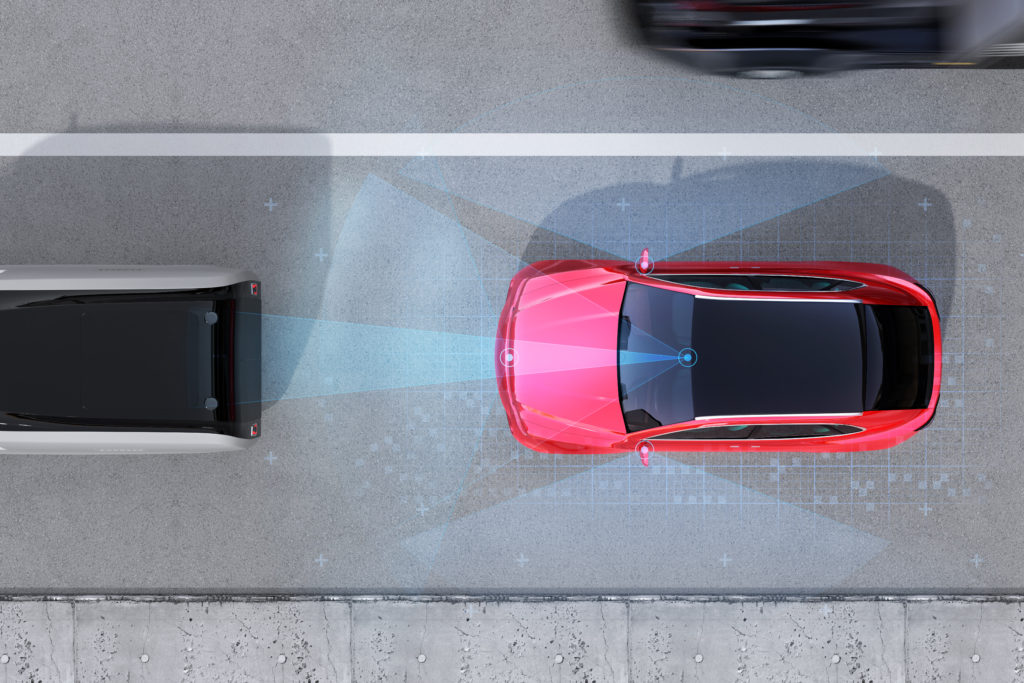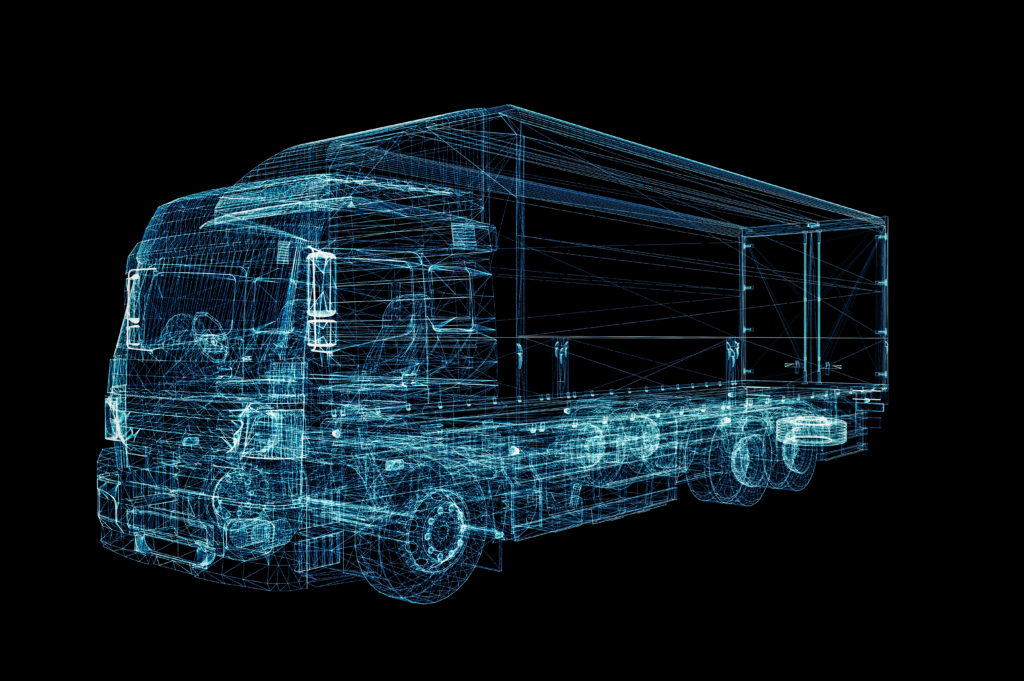
Autonomous vehicles, commonly referred to as self-driving cars, seem to be poised to change the automotive industry in the years to come. In previous posts, we discussed how new technology, including self-driving cars, have the potential to change the way we approach safety when it comes to left turns. In this post, we will take a deeper dive into self-driving cars in the context of left turns and the potential applications for safety. We will discuss how autonomous vehicles might approach complex maneuvers like left turns using various sensors and detection methods.
The Advantage of Autonomous Vehicles:
When it comes to the intricate task of navigating left turns, autonomous vehicles still need to make improvements. However, some manufacturers have made significant gains in tackling these maneuvers as some self-driving cars can make left turns fairly competently. As this technology continues to improve, autonomous vehicles may eventually be far safer than human drivers when it comes to left turns. Self-driving cars rely on some core technologies to make left turns:
- Precise Sensor Technology: Self-driving cars employ various sensor technologies, including radar, LiDAR (Light Detection and Ranging), cameras, and GPS, to form a virtual map of the surrounding traffic and hazards. A combination of sensors is not only able to detect the location of vehicles, but also the speed and direction of traffic.
- Predictive Algorithms: Predictive algorithms are designed to allow autonomous vehicles to make accurate real-time predictions about traffic patterns and traffic infrastructure. Advancements in AI will play a large role in helping self-driving cars to make accurate predictions based on road schematics.
Enhanced Safety:
A focal point of the movement to develop self-driving cars is the idea that autonomous vehicles have significant advantages when it comes to safety. Here are some of the ways self-driving cars may be able to approach left turns more safely:
- Eliminating Human Error: Many left turn accidents are caused by the misjudgment of oncoming traffic, making a turn too hastily or impulsively, or failing to consider pedestrians in the left crosswalk. These types of human errors are potentially solvable through self-driving technology, as sensors may be able to form a more accurate map of the surrounding traffic to make better decisions.
- Optimized Turn Timing: The speed and distance of oncoming traffic can easily be misjudged by human drivers which can lead to catastrophic accidents. Timing a safe gap in oncoming traffic may eventually be easier for autonomous vehicles. Additionally, drivers attempting to execute a left turn often face pressure from the vehicles behind them to make the turn quickly. Self-driving cars will not make a hasty turn in response to pressure.
Communication and Coordination:
When it comes to left turns, awareness of the surrounding traffic is key. One huge advantage of self-driving cars is the ability to communicate with other autonomous vehicles and increase that awareness. Additionally, self-driving cars will also be able to communicate with traffic infrastructure to aid in signal timing to create seamless left turns:
- Vehicle-to-Vehicle (V2V): Self-driving cars will be able to communicate their intentions with other vehicles on the road, but that’s not the only potential application. They will also be able to relay information about road conditions to make left turns as safe as possible.
- Vehicle-to-Infrastructure (V2I) Integration: Left turns can be quite stressful when the intersection is highly congested. Self-driving cars will be able to communicate with traffic signals in order to time signal for minimal congestion, creating conditions for a much less risky left turn.
Prioritizing Pedestrian and Cyclist Safety:
Drivers making left turns must remain aware of pedestrians in the left crosswalk that may be in their turn path. Self-driving cars are designed to detect these pedestrians to prevent a catastrophic collision:
- Enhanced Detection: Visibility is often limited in congested intersections, and self-driving cars are designed to solve that problem. Advanced sensors will be able to detect pedestrians even in low light or foggy conditions. Although many self-driving vehicles have faced issues with their sensor technology in foggy conditions, improvements are being made to make these sensors more accurate.
- Predictive Braking and Acceleration: Not only will sensors be able to detect pedestrian activity, but algorithms will be able to predict their movements to allow for the safest turn. Autonomous vehicles can react quickly, and will have a better chance of braking in time to prevent a collision.
The Future of Left Turns with Autonomous Vehicles:
Looking ahead, autonomous vehicle technology is moving in a positive direction for safety. When it comes to left turns, there may come a time when autonomous vehicles can perform these maneuvers more safely than any human driver. As more self-driving cars hit the streets, the communication between vehicles will allow for less congestion and more predictable traffic flows.
However, it is important to remember that this technology is still in its early stages and should not be relied upon for the time being. More improvements need to be made before our dream of perfectly safe left turns can be finally achieved.




